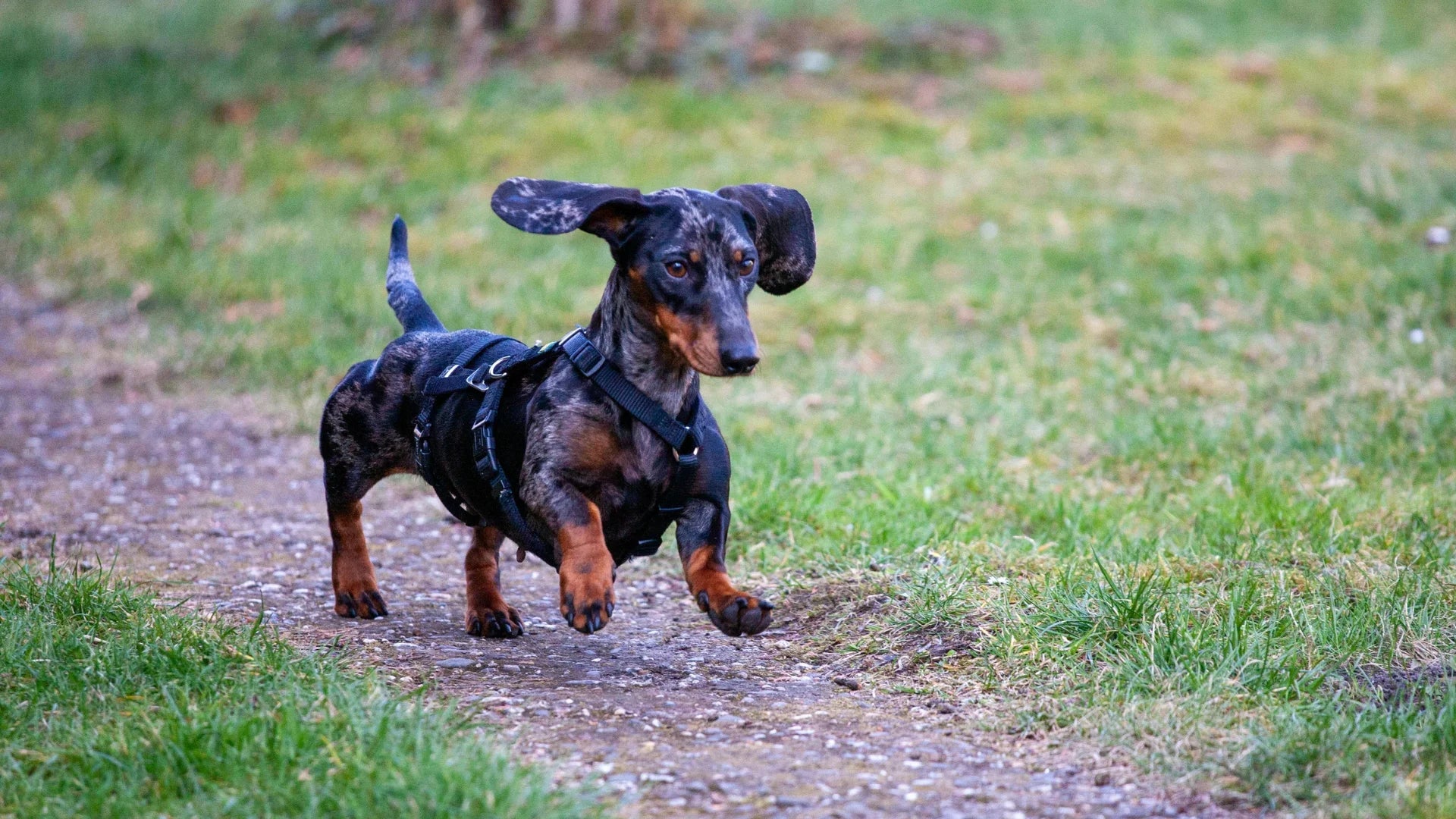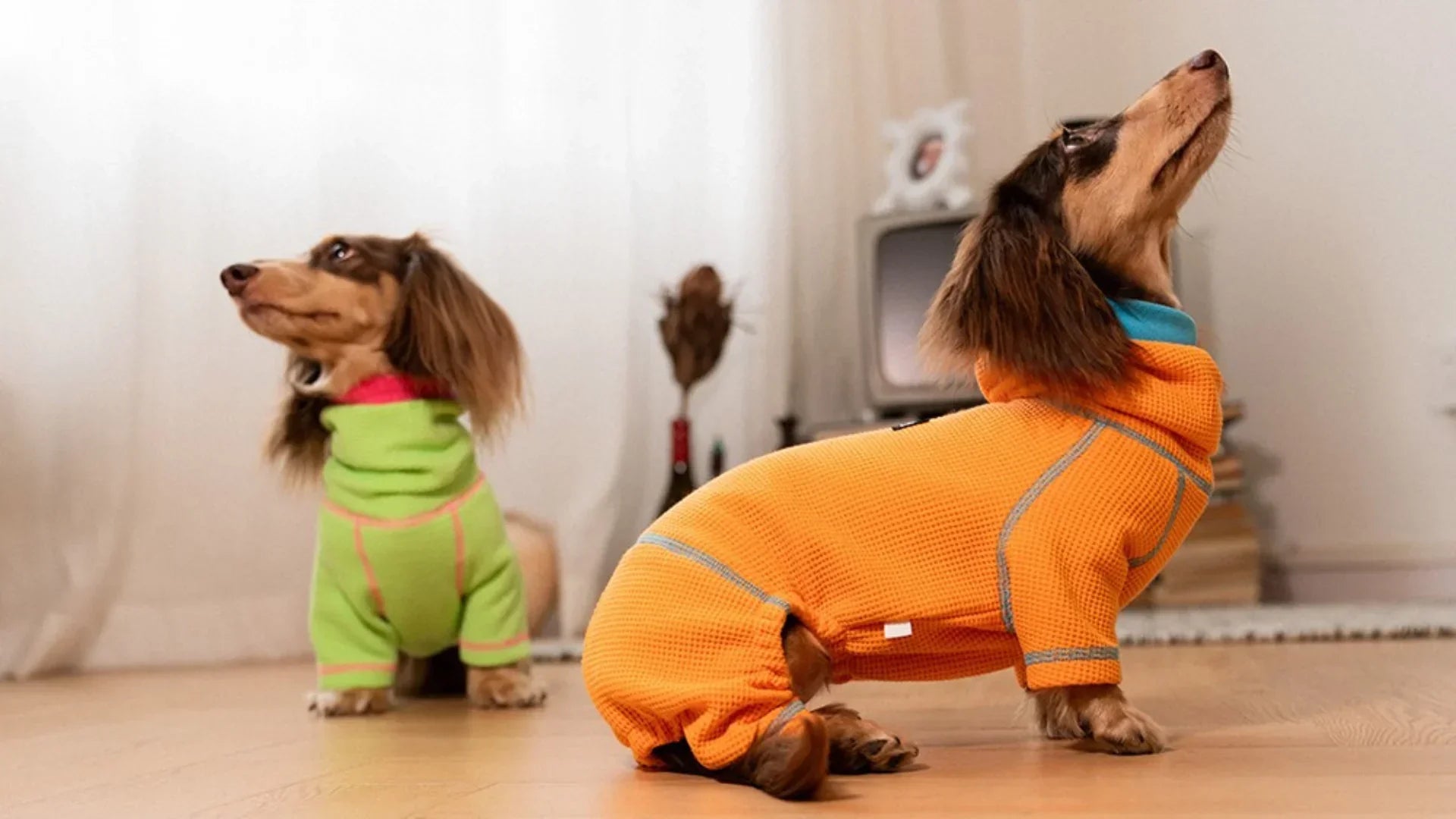
Miniature Dachshund vs Standard Dachshund
Introduction
The Dachshund is a beloved breed known for its unique long body and short legs, often affectionately called “wiener dogs.” However, not all Dachshunds are the same size. The two main types — miniature and standard — differ in size, temperament, and care needs. Understanding these differences is essential to choosing the right pup for your lifestyle. This guide will help you explore the key distinctions and offer tips for raising a happy, healthy Dachshund.
Size and Physical Differences
Miniature Dachshunds typically weigh under 11 pounds and have a more compact body length. They are ideal for those who prefer a smaller dog that fits comfortably in apartments or smaller living spaces.
Standard Dachshunds weigh between 16 to 32 pounds, with a longer and sturdier frame. They require more space and exercise but tend to have a calmer presence.
Temperament and Personality
Miniature Dachshunds are energetic, alert, and can be more vocal. Their small size makes them excitable, and they sometimes suffer from separation anxiety. They are playful companions but need consistent socialization and training.
Standard Dachshunds are confident and loyal. While sometimes stubborn, they usually display a calmer demeanor. They are affectionate with family members and tend to be protective.
Health Considerations
Both miniature and standard Dachshunds are prone to intervertebral disc disease (IVDD) due to their long backs. Preventing excessive jumping and maintaining a healthy weight are crucial.
Miniatures may experience more dental issues and respiratory sensitivities due to their smaller size. Standards carry more risk for joint stress and obesity if not exercised properly. Regular vet checkups and proper diet are essential for both.
Exercise and Activity Needs
Miniature Dachshunds enjoy short bursts of play and indoor activities but still need daily walks.
Standard Dachshunds benefit from longer outdoor walks and more vigorous playtime to expend their higher energy levels.
In both cases, care should be taken to avoid activities that put strain on their backs.

Training Challenges and Tips
Miniature Dachshunds can be prone to barking and anxiety, so early socialization and consistent, positive reinforcement training work best.
Standard Dachshunds may be more stubborn but respond well to patience and clear commands. Both sizes thrive with structure and rewards.
Choosing the Right Size For Your Lifestyle
If you live in an apartment or have small children, a miniature Dachshund might be the better fit. They are easier to manage in smaller spaces.
For active families with yards or those who enjoy outdoor adventures, a standard Dachshund’s sturdier build and energy level are ideal.
Ultimately, consider your daily routine, living situation, and what personality fits your family.
Conclusion
Both miniature and standard Dachshunds have their charm and unique needs. By understanding the differences in size, temperament, and care, you can make an informed choice to bring home the perfect wiener dog for your family. With proper love, training, and attention, either type will become a loyal and joyful companion.

